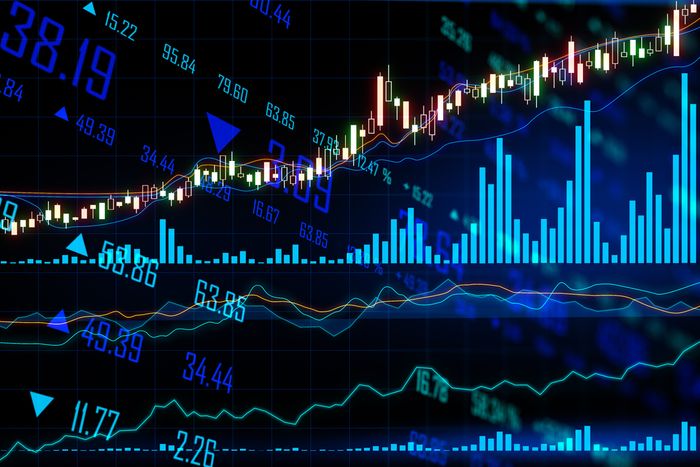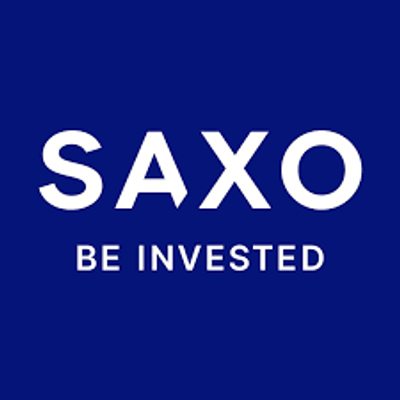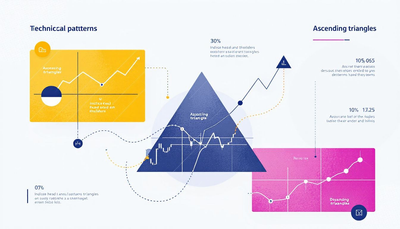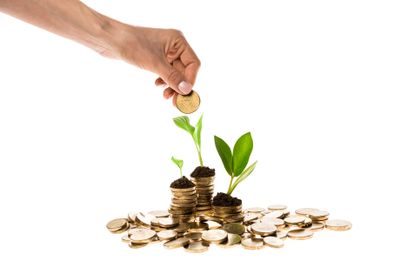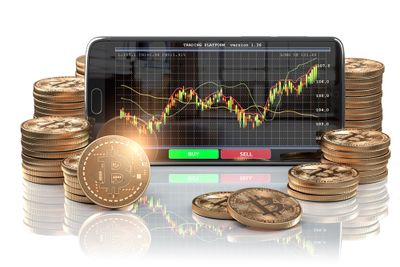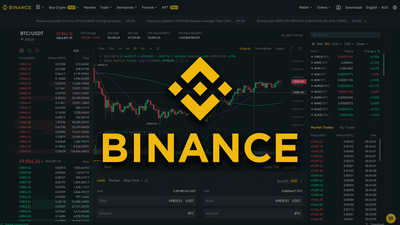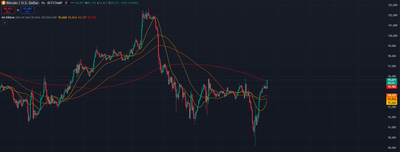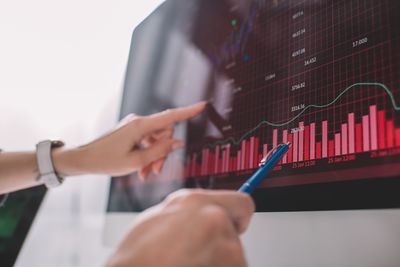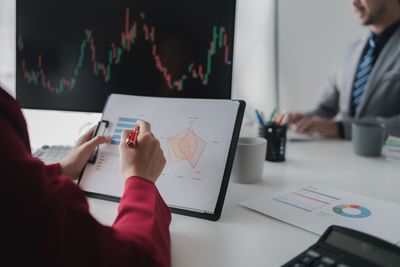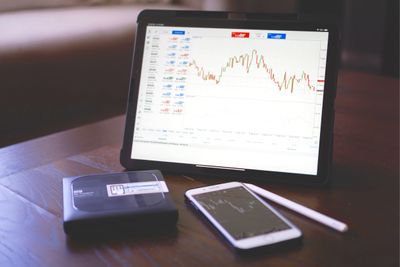Invest With Confidence
Stay in the know with tips, news, and updates about the stock market and cryptocurrencies.
Crypto
The Future of Crypto Regulation with Trump: A Critical Turning Point for the Digital Asset IndustryThe cryptocurrency industry has always been at the center of a constant tension between innovation and regulation. For years, the U.S. Securities and Exchange Commission (SEC) has largely shaped the tJanuary 15, 2025

